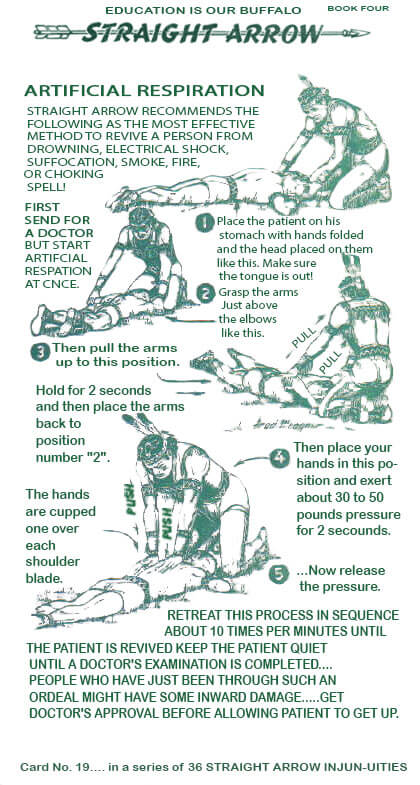
The Schafer method was a revolutionary method of artificial respiration that became popular. The patient is positioned prone (face down) and the operator applies pressure to the lower ribs. This puts pressure on the liver, spleen, and stomach, pressing them against the diaphragm and forcing the patient to exhale. The pressure is subsequently released, the organs return to their original positions, and the patient is able to breathe normally again. Blood is also driven out of the big blood arteries of the abdomen towards the heart as a result of the pressure, assisting in the weak circulation. Artificial respiration can take many forms, but it usually requires supplying air to someone who isn’t breathing or isn’t exerting enough respiratory effort on their own. It is used to establish internal breathing in a patient with a beating heart or during cardiopulmonary resuscitation (CPR).

